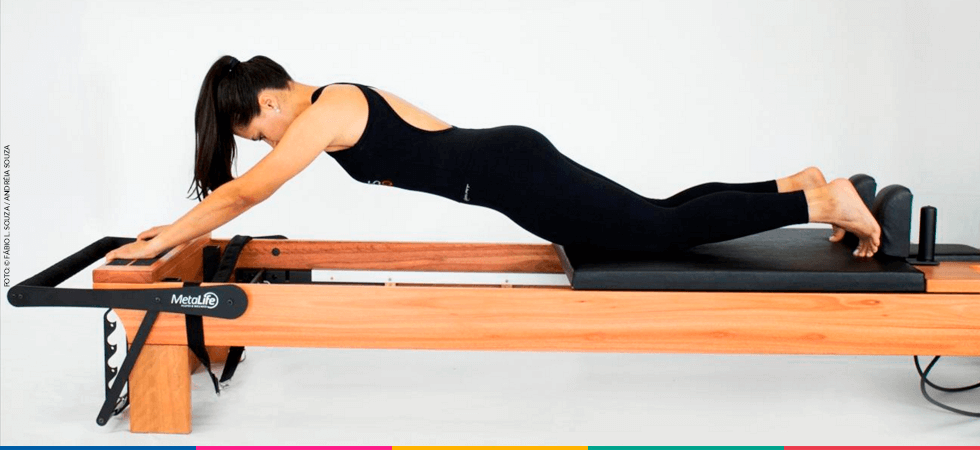The regular practice of Pilates is an excellent alternative to provide quality of life, with improved physical and mental conditioning, concentration, body control, posture, and breathing. This activity can also be a great option, as an auxiliary treatment, for those who suffer from frequent back pain, whether due to herniated disc, arthrosis, postural, or some other causes.
Practicing Pilates regularly results in increased flexibility, toning, and definition of the body, relieving tension and stress and helping to improve joint and back pain. “People who perform professional activities common to the emergence of repetitive strain injuries (RSI) also find great benefits from the regular practice of Pilates, as some exercises are focused on reducing and preventing these diseases acquired at work.”
One of the great advantages of practicing Pilates, which emphasizes the orthopedist, is that the exercises respect the individuality and limits of the practitioner. This means that everyone can do Pilates and will have no difficulties with the proposed exercises. The results also appear quickly, which motivates the practitioner to dedicate themselves more and more.
“The poor posture adopted at work and in activities of daily living have been the villains of discomfort and pain in the lower back.”
Lumbar spine pain has been one of the main reasons that lead people to seek medical care and is the second leading cause of absence from work. It is estimated that 80% of the world population suffers, suffered or will suffer from this discomfort. This is a sufficient reality for us to create strategies that can act in the prevention of low back pain. And, fortunately, Pilates can help a lot in this regard.
What leads to lower back pain?
It is important to understand the factors that lead to low back pain. There are several motivators and pathologies that can trigger this discomfort, including: trauma, obesity, pregnancy, arthrosis, herniated disc, disc protrusions and mechanical-postural changes (poor posture adopted at work and in activities of daily living). The latter being the most responsible for most of the pain.
Regardless of its cause, pain is usually related to the inability to stabilize the lumbar spine, due to lack of activation of the deep muscles of the trunk (especially the transverse abdomen).
Who is in the likely pain group?
Despite the possible origins of low back pain (low back pain), its prevalence is higher in:
- Sedentary people;
- Workers who perform tasks with great physical overload (often inappropriate postures);
- Individuals who remain seated or in a standing position for long periods;
- People who have muscle shortening (little body mobility) and generate exaggerated overloads on the spine.
How does Pilates help prevent lower back pain?
In our Pilates each day, we are able to strengthen this stabilizing musculature of the lumbar spine, as these are exactly the muscles that are part of the so-called powerhouse, center control, which are continuously and exhaustively worked on in the method. This muscle group is essential for stabilizing the lumbar spine.
It is common, during the class, to use some verbal tips that guide students in activating these muscles, such as: “when exhaling, dry your ribs”, “trigger your abdomen by sending your navel down your back”, “balance a plate of soup over your pelvis and keep your pelvis neutral.” Pilates practitioners should remember these calls and many others. All are important reminders for the powerhouse strengthening and activation exercise.
With the Pilates method, the practitioner learns to know and master his body. He learns to correct himself when he notices a wrong posture and to position himself correctly to perform any type of exercise or simple daily activities, such as lying down and getting out of bed, picking up an object on the floor, sitting down and getting up from a chair, brushing his teeth. It also acquires better physical conditioning, greater precision in muscle control, improved balance and coordination, increased flexibility. Not to mention stress relief and achieving a better quality of life.
“Incorrect habits are responsible for most, if not all, of our illnesses.” Joseph Pilates.
Discover more from Pilates All Ages
Subscribe to get the latest posts sent to your email.
